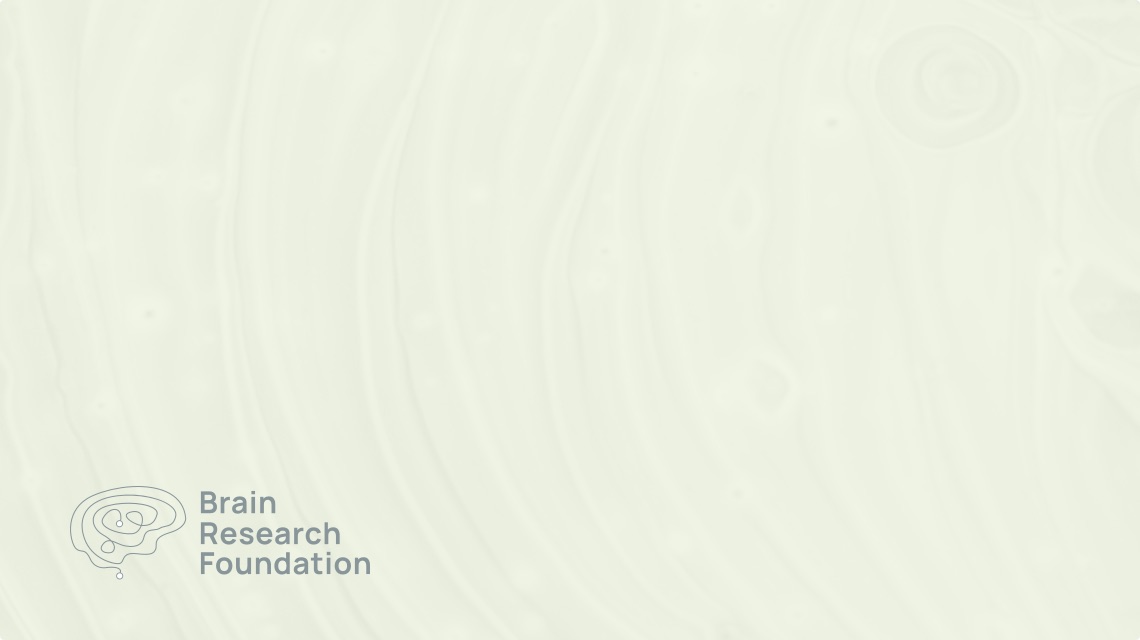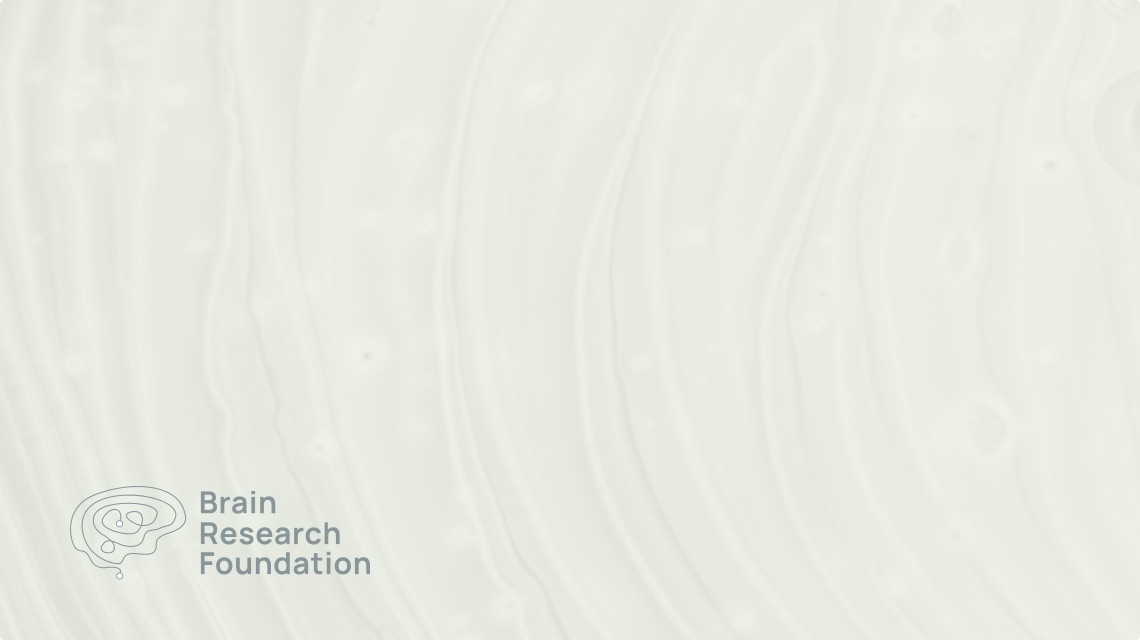Attention-Deficit/Hyperactivity Disorder (ADHD) is a neurodevelopmental disorder characterized by persistent patterns of inattention, hyperactivity, and/or impulsivity that interfere with daily functioning in multiple contexts(e.g., school, work, social relationships).
Symptoms:
- Inattention: Difficulty paying attention to details or making careless mistakes, Trouble sustaining attention in tasks or activities, Easily distracted by external stimuli, Forgetfulness in daily activities, and Difficulty following instructions.
- Hyperactivity and Impulsivity: Excessive fidgeting or restlessness, Difficulty sitting still, Blurting out answers before questions are completed, Difficulty waiting their turn, and Acting without thinking.
Diagnosis:
ADHD is typically diagnosed in childhood, but symptoms may persist into adulthood. Diagnosis involves a comprehensive evaluation by a qualified healthcare professional, including:
Medical history and physical exam, Behavioral observations, and Rating scales and questionnaires.
Types:
- Predominantly Inattentive: Primarily exhibits symptoms of inattention.
- Predominantly Hyperactive-Impulsive: Primarily exhibits symptoms of hyperactivity and impulsivity.
- Combined: Exhibits significant symptoms of both inattention and hyperactivity-impulsivity.
Treatment:
Treatment for ADHD typically involves a combination of:
- Medication: Stimulant medications can improve attention and reduce hyperactivity.
- Therapy: Behavioral therapy can teach coping mechanisms for managing symptoms, such as time management, organizational skills, and impulse control.
- Lifestyle modifications: Establishing routines, getting enough sleep, and limiting screen time can also help manage symptoms.
Prognosis:
With appropriate treatment, individuals with ADHD can improve their functioning and live fulfilling lives. However, it’s important to note that ADHD is a chronic condition that may require ongoing management.
Additional Information:
- ADHD is more common in males than females.
- The prevalence of ADHD in children is estimated to be around 5-10%.


